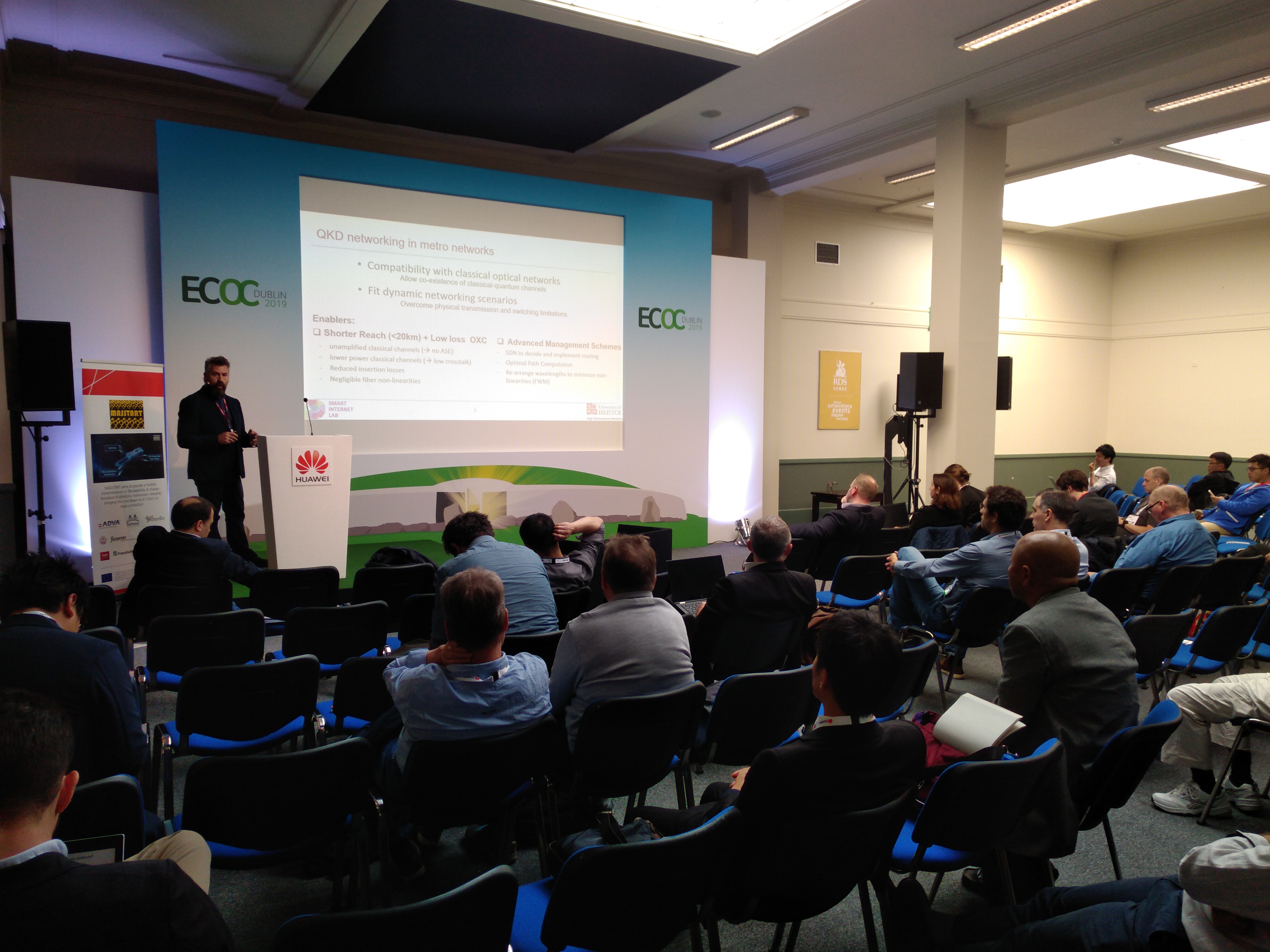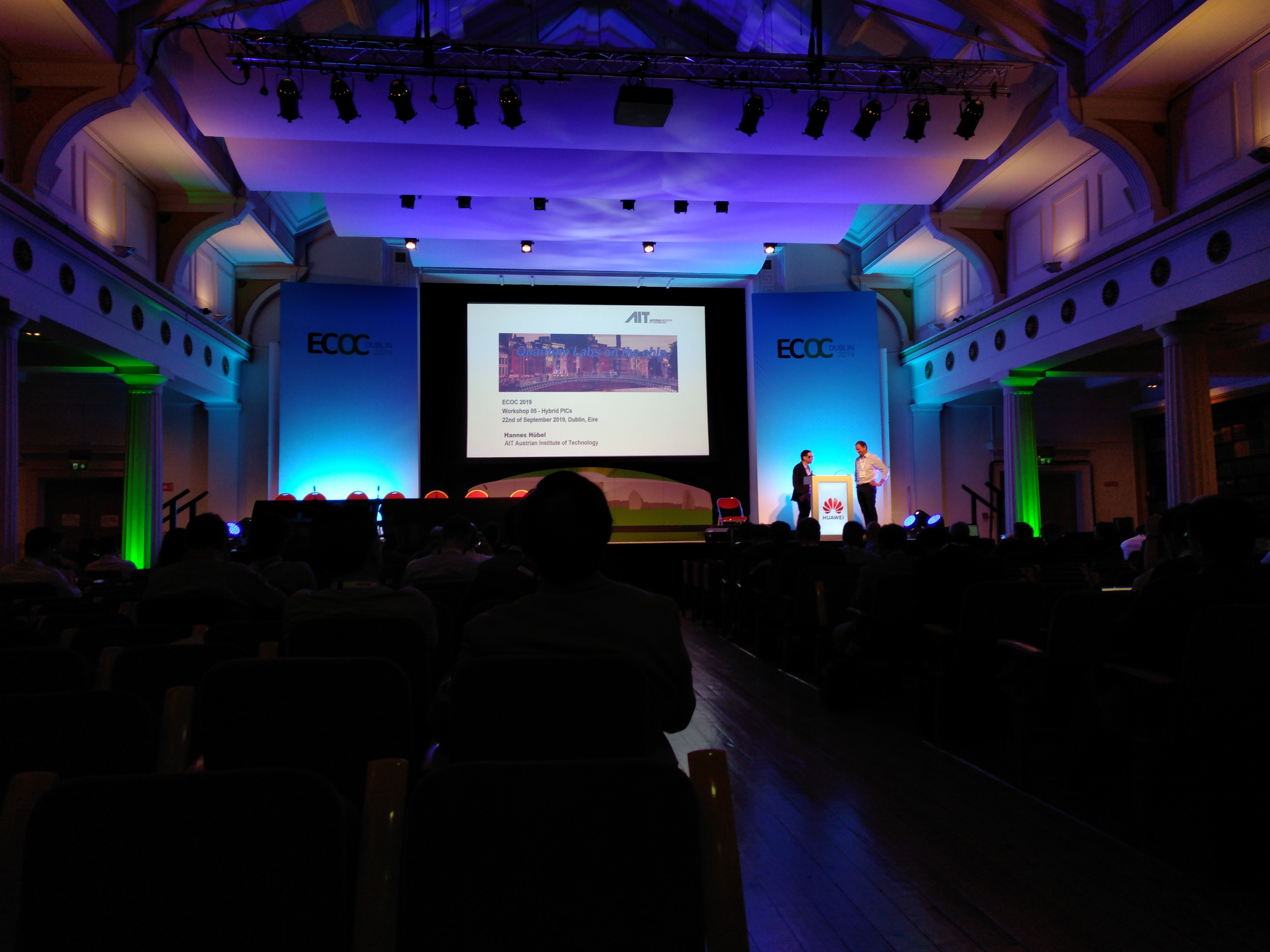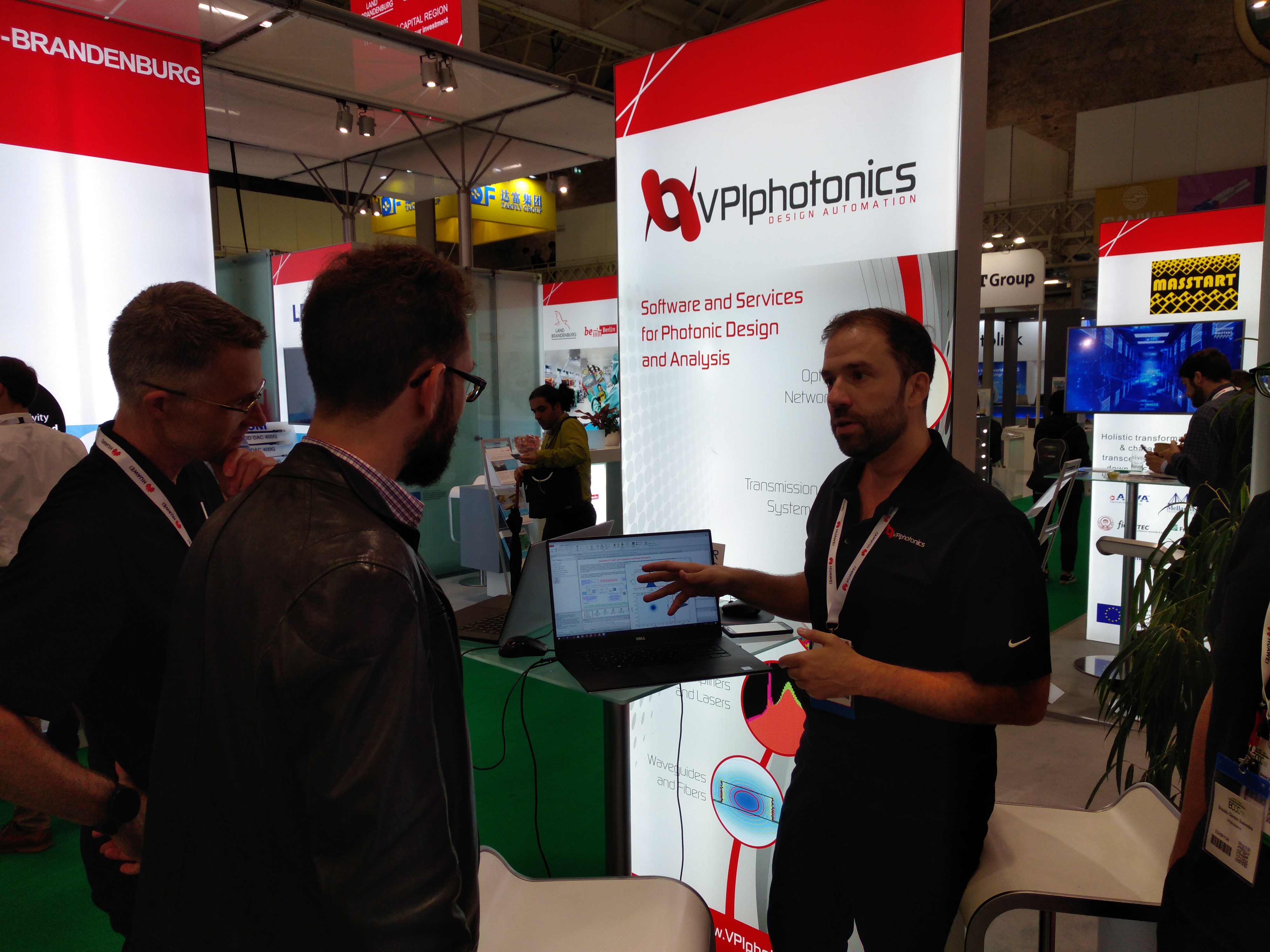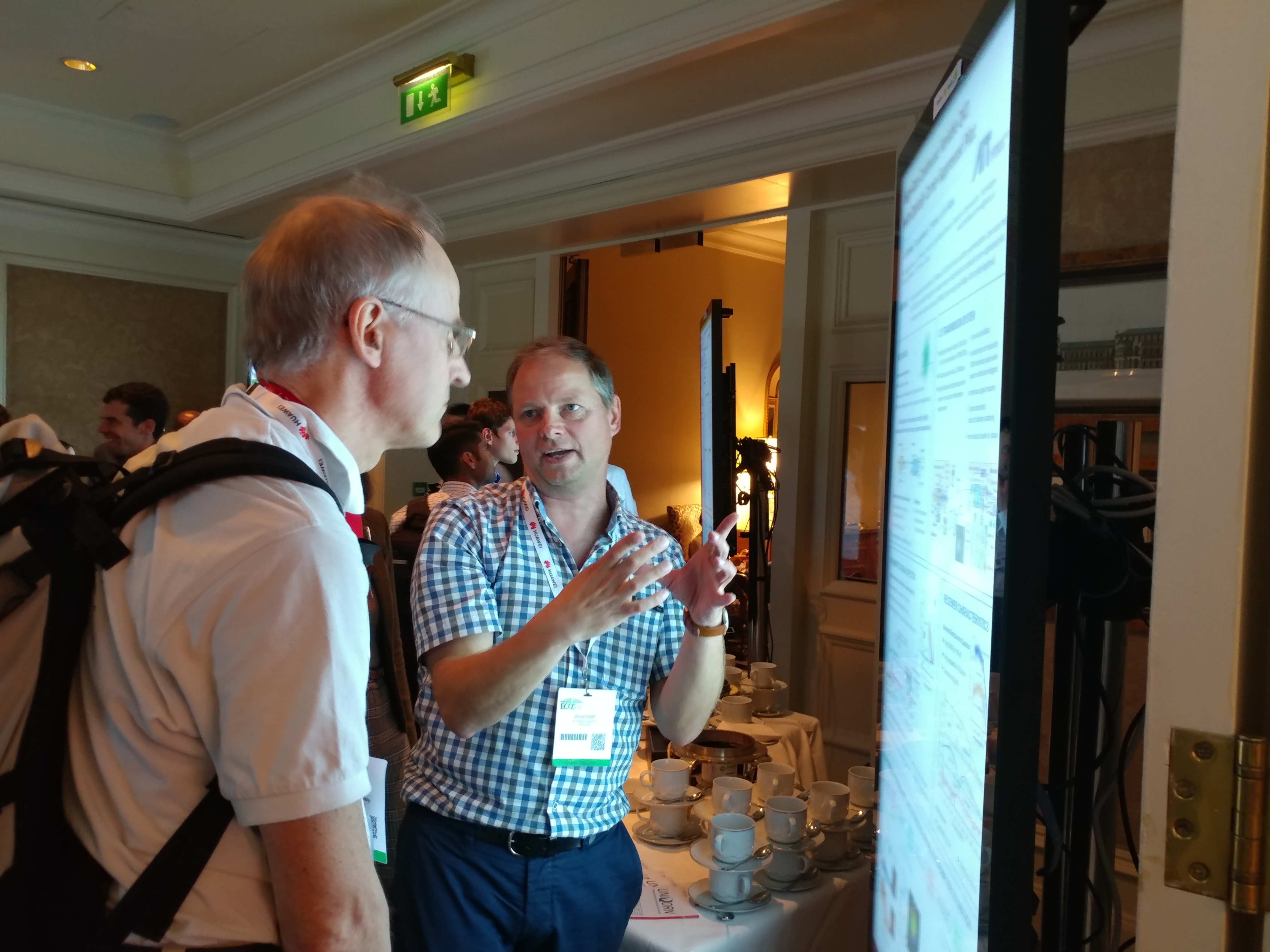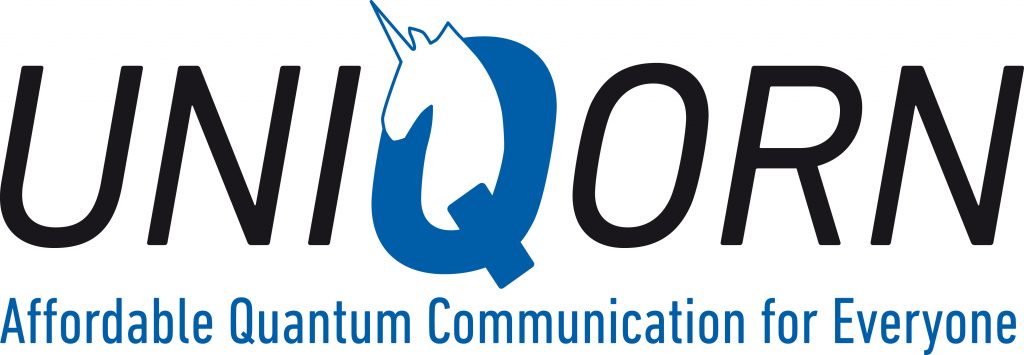Title
Characterisation of fabrication inhomogeneities in Ti:LiNbO3 waveguides
Authors
Matteo Santandrea, Michael Stefszky, Ganaël Roeland and Christine Silberhorn
Abstract
Nonlinear processes in integrated, guiding systems are fundamental for both classical and quantum experiments. Integrated components allow for compact, modular and stable light-processing systems and as such their use in real-world systems continues to expand. In order to use these devices in the most demanding applications, where efficiency and/or spectral performance are critical, it is important that the devices are fully optimised. In order to achieve these optimisations, it is first necessary to gain a thorough understanding of current fabrication limits and their impact on the devices’ final performance. In this paper we investigate the current fabrication limits of titanium indiffused lithium niobate waveguides produced using a masked photolithographic method. By dicing a long (~8 cm) sample into smaller pieces and recording the resulting phase matching spectra, the fabrication error present in the UV photolithographic process is characterised. The retrieved imperfections fit well with theoretical expectations and from the measured imperfection profile it is shown that one can directly reconstruct the original distorted phase matching spectrum. Therefore, our measurements directly quantify the intrinsic limitations of the current standard UV photolitographically produced titanium-indiffused lithium niobate waveguides.
Venue
, ,
[Download]

